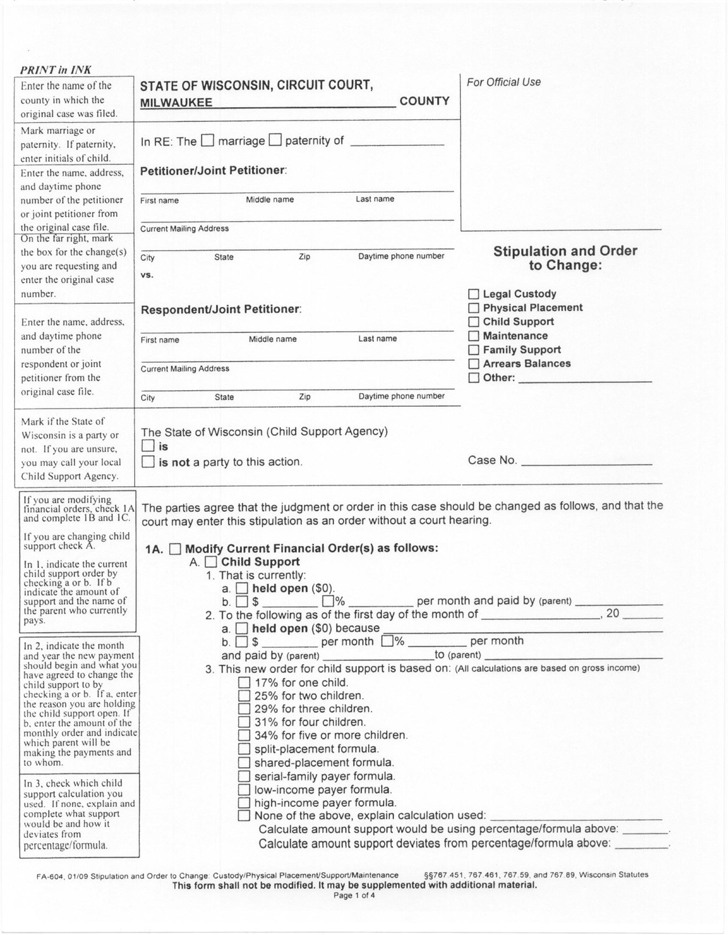
A child custody and support order includes which parent the child will live with, how visitation will occur, who gets to make critical decisions regarding the child, and who will provide financial support.

Circumstances, however, may necessitate other arrangements. In all states, joint custody is preferred, as the courts feel that it is important for children to have contact with, and be parented by, both parents. The court-ordered custody arrangement often becomes part of the divorce decree, though it may later be altered if there is a change in circumstances. For instance, legal and physical custody are separate issues, visitation, rights to attend a child’s functions, and even financial support are issues decided by the court in the event parents cannot agree. Parents navigating the mine field of child custody laws often become confused, as there are many legal terms bandied about. Other provisions of the Act outline how the child’s home jurisdiction is determined in other circumstances.

The child’s home state is defined as the state in which the child has lived since birth, or for six consecutive months immediately prior to the custody action. The UCCJEA states that a child is under the jurisdiction of the court in the child’s home state. The Uniform Child Custody Jurisdiction and Enforcement Act (“UCCJEA”) was enacted in 1997 to combat the issue of parents filing custody actions in other states, in an attempt to get around the jurisdiction and orders in the child’s home state. Uniform Child Custody Jurisdiction and Enforcement Act From primary residency, to visitation, to decision-making authority, the American family court system has expanded and refined this system, placing a gender-neutral focus on what is in the child’s best interest. In the 1960s, fathers began asserting their parental rights, and courts began considering “the child’s best interest” in determining issues of child custody and new child custody laws. This was based in part on a Freudian theory on infant attachment and relationships, though it also took into account the more practical aspect of the father’s frequent absence as he worked to support the family. In the early 1900s, thoughts on gender-based custody did an about-face, the courts determining that mothers were better suited to raise children. It was, however, the first stepping stone to shared custodial rights.

The original goal of this “tender years doctrine” was to give over the care of children to the mother only until they were old enough to be returned to their father’s custody. Landmark British legislation in 1839 directed the courts to award to mothers custody of children under the age of seven, and to give mothers visitation rights for older children. This possessive attitude continued through to 19th century English common law, in which fathers had the sole obligation to support, protect, and educate their children as they saw fit, and mothers had very limited access to their children in the event of a divorce. Mothers had no rights to their children, even if the father died. History of Child CustodyĪs far back as ancient Roman law, children were viewed as property belonging to the father, who had the unilateral power to sell them, or enter them into slave labor. Custody may be assigned to one parent, or to both parents jointly.

A decision by the court as to which parent will have the care, custody, and control of a child.


 0 kommentar(er)
0 kommentar(er)
